This article was originally written in Hungarian by Gergely Földváry and published on the website pestbuda.hu on 8 September 2020.

Elizabeth Lookout as it looks today (Photo: Balázs Both, pestbuda.hu)

The spacious lower terrace (Photo: Balázs Both, pestbuda.hu)

The wonderful panorama spread out before us (Photo: Balázs Both, pestbuda.hu)
Perhaps the most famous visitor to the wooden structure that preceded today’s lookout was Queen Elizabeth of Hungary, who in 1882 visited the Buda hills three times. She once remarked, “I am amazed that people would travel far into the countryside for their holidays when these hills and their views can compete with the most scenic areas in the world.”
In 1883, the capital city erected a stone memorial to the memory of Sisi, as she was also known. It has since disappeared, but it was replaced in 2006.
.

A portrait of Queen Elizabeth of Hungary (1837 – 1898) (Source: Zempléni Museum / Hungaricana)

The Queen often visited the Buda Hills. This drawing shows her last visit in 1897. (Source: Kis Ujság, 17 October 1897)
The hill was known as Pozsonyi-hegy (Pozsony Hill) during the mid-1800s, because, as legend has it, on a clear day one could see the town of Pozsony (Bratislava) from its peak. However, by the 1900s it had come to be known as János-hegy (John Hill).
In 1885, as the wooden lookout tower continued to deteriorate, many visitors thought it should be replaced with a larger stone building. The assassination of Queen Elizabeth in 1898 led the Hungarian Tourist Association to think about building a new lookout as a memorial to the Queen, but its projected expenses exceeded the capital’s capabilities.

The wooden tower, which at the time was called the Pozsony-jánoshegyi lookout, on a postcard from the turn of the century (Source: Hegyvidék Local History Collection)

The old wooden lookout, which was soon to make way for the new lookout (Source: Élet, 18 September 1910)

Students from the Murányi Street Elementary School at the János-hegy lookout in 1906 (Source: Tolnai Világlapja, 10 June 1906)
The first step towards building a new lookout was made in 1902 by the hotelier Frigyes Glück and his associates who were attending an international convention in the city. They went out to visit the peak and were immediately spellbound. They offered a significant sum of money and raised more funds for the construction of a new lookout, which later also won the support of Mayor János Halmos, and thus began the negotiations and planning.
A tender was announced, and eventually the architect Pál Klunzinger won with his design. However, the head of the judging committee, Frigyes Schulek, modified the design to allow for better views of the city. The original design included only two terraces and a pointed roof, but the final form as can be seen today has three circular terraces at different levels and a central platform at the very top.

One of three plans which came before the city mayor János Halmos in 1904, but which was not chosen (Source: OSZK / Hungaricana)

Pál Klunzinger’s original design, which was later modified by Frigyes Schulek (Source: Hegyvidék Local History Collection)

The winning submission, Pál Klunzinger’s original plan, which in the end was altered significantly (Source: Építő Ipar, 21 June 1908)
Construction began on 7 June 1908, and after two years of work the inaugural opening of the lookout took place. Every detail of the building was made with great care. The neo-Roman style was embellished with carvings of stone rosettes and waterspouts. The most observant visitors may even notice carved frogs and a bat hiding at the base of the stairwell.
The construction was significantly more difficult because the road towards the peak ended abruptly where the top station of the Libegő chairlift is today. In the end, a track had to be laid on the hillside, creating a miniature railway to bring up the building supplies.

The invitation card for the ceremony to mark the start of construction of the Elizabeth Lookout. The invitation was also designed by Pál Klunzinger (Source: Építő Ipar, 28 June 1908)

In the initial stages of construction of the Elizabeth Lookout (Source: Ország-Világ, 16 August 1908)

The final work before handing over (Source: Élet, 24 July 1910)
The lookout was dedicated to Queen Elizabeth on 8 September 1910. The next day’s issue of the Budapesti Hírlap (the Budapest News) reported on the events: “The celebrations were due to start at 11 am, but half an hour earlier the audience was at capacity. Up on the foremost terrace of the tower the city’s hussars held a cordon, behind which the officials gathered. At exactly 11 am thunderous cannon fire signalled the start of the celebrations. After musicians from the Opera House played a trumpet fanfare, the Buda Choral Society sang the national anthem, under the direction of conductor Jenő Sztojanovits.”
Speeches were given by Dr Tivadar Bódy, city councillor and president of the Building Committee, and Dr. István Bárczy, mayor of the capital city. Viktor Molnár, representing the government, also spoke, saying, “May this memorial proclaim our everlasting reverence of our glorious Queen Elizabeth, who loved and admired the Hungarian nation and the whole world because she loved God and nature, loved his Majesty the King, adored her homeland, and loved humanity.”
Last, but not least, Frigyes Glück said, “I wish for my dear Hungarian homeland that all its works be led by wisdom, achieved by strength, decorated with beauty, and blessed by God. May it be so!”

The opening of the Elizabeth Lookout (Source: Élet, 18 September 1910)

Attendees at the ceremony, as seen from the third terrace (Source: Élet, 18 September 1910)

Representatives of the government, the city council, and the army at the opening ceremony (Source: Vasárnapi Ujság, 18 September 1910)

The crowd inspects the newly opened lookout (Source: Vasárnapi Ujság, 18 September 1910)
After its celebratory opening, the area around the lookout was beautified. The lookout and nearby Jánoshegyi Restaurant also attracted the elite to the area. Among those who visited were King Charles IV of Hungary and his wife Queen Zita, prominent politicians Ágoston Trefort, Count István Bethlen, Sándor Wekerle, and Count Albert Apponyi, and even the Prince of Wales.
Initially, a guard lived in the lookout tower, but in 1923 a separate guard’s house was built. The curious reason for moving the guard’s quarters was that visitors to the lookout were distracted by the smell of hot food which wafted through the tower at lunchtime while the guard was cooking. A magnificent bust of Queen Elizabeth, carved from white Carrara marble by Alajos Strobl, once stood in one of the recesses in the hall on the ground floor, but in 1945 it was moved, and it is now in the Kiscelli Museum.

A postcard from the 1920s showing Elizabeth Lookout and its surroundings (Source: Hegyvidék Local History Collection)

Elizabeth Lookout in the 1930s (Source: Hegyvidék Local History Collection)

Jánoshegyi Restaurant and the lookout tower in the 1920s (Source: Hegyvidék Local History Collection)
Interestingly, the exterior of this building was the first in Hungary to be illuminated by electric lights in 1926, preceding the illumination of Fisherman’s Bastion, St. Matthias’ Church and the Parliament. A restaurant was opened on the ground floor of the tower, and managed by Antal Balázs Jr., however it operated for only a few years before it had to be closed in 1950 when businesses were nationalized.

Elizabeth Lookout was the first building in Hungary to be completely illuminated (Source: Hegyvidék Local History Collection)

This restaurant, on the ground floor of the lookout, was managed by Antal Balázs Jr. and operated from 1945 to 1950 (Source: Hegyvidék Local History Collection)
The communist regime had a large illuminated red star mounted on the top of the tower in the 1950s, which over time severely damaged the whole structure. The lookout had to be closed in 1981, and yet it was re-opened several times, before the local district council “adopted” it in 2001.

A large illuminated red star was placed atop the lookout in the 1950s (Source: Hegyvidék Local History Collection)
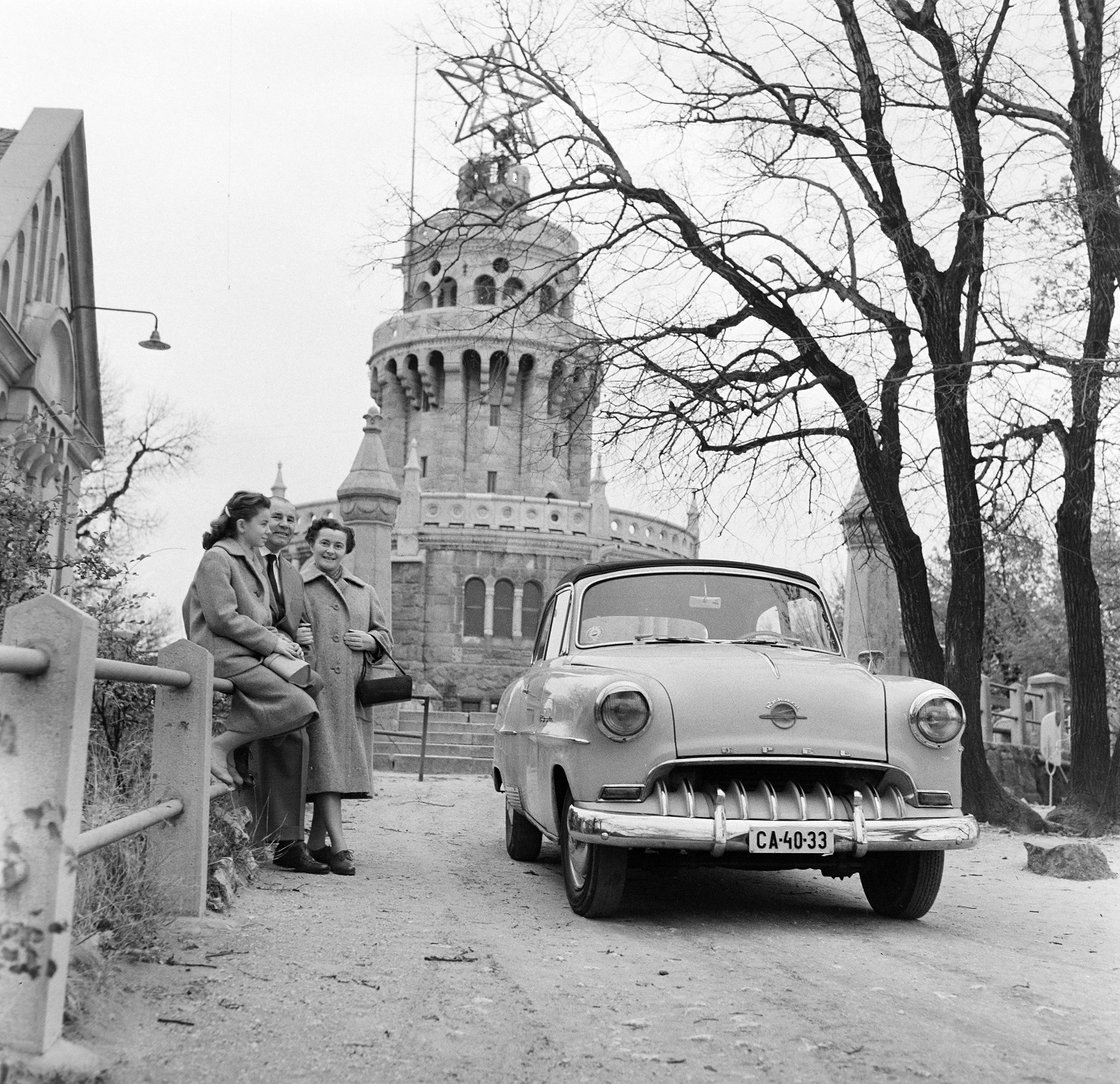
The lookout in the 1950s (Photo: Fortepan, Number 177447)

The lookout was closed several times because the weight of the red star made it dangerous to enter. (Source: Hegyvidék Local History Collection)

The renovated lookout today (Photo: Balázs Both, pestbuda.hu)
 On a clear day one can see up to 80 kilometres from the lookout. (Photo: Balázs Both, pestbuda.hu)
On a clear day one can see up to 80 kilometres from the lookout. (Photo: Balázs Both, pestbuda.hu)
The renovated building was fully repaired by 2005, and since then this marvellous lookout has remained open to the public. Once again, visitors can climb to the topmost section and enjoy the wonderful panorama spread out before them.
Cover photo: The renovated Elizabeth Lookout in the present day.
Source: PestBuda.hu


















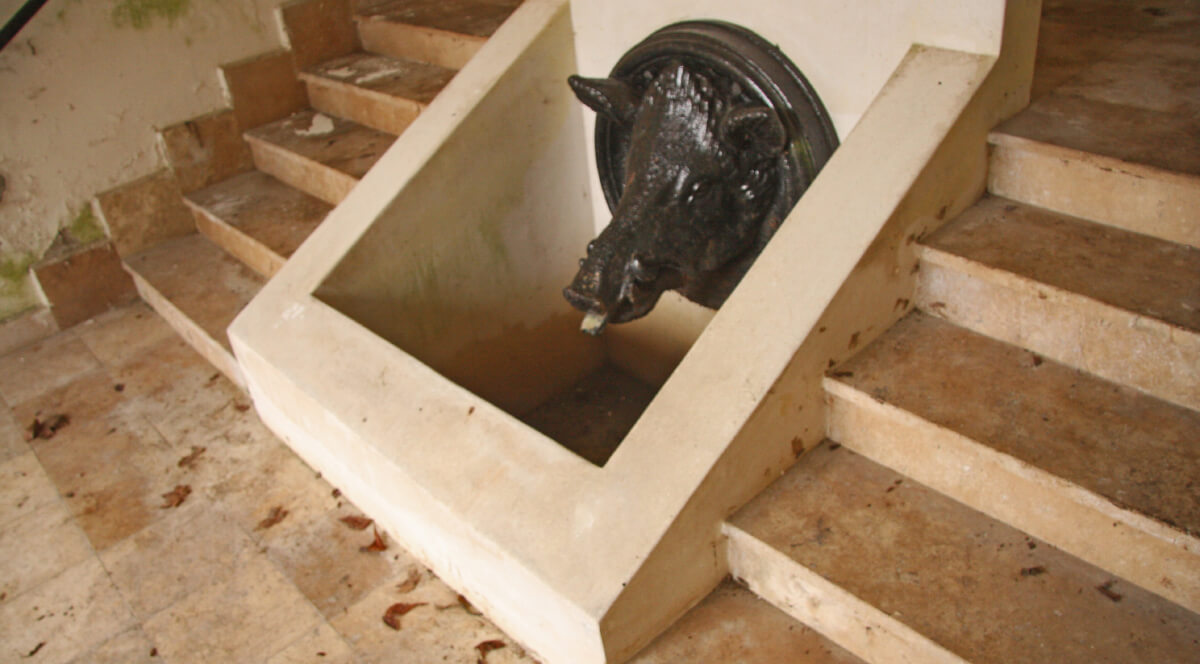












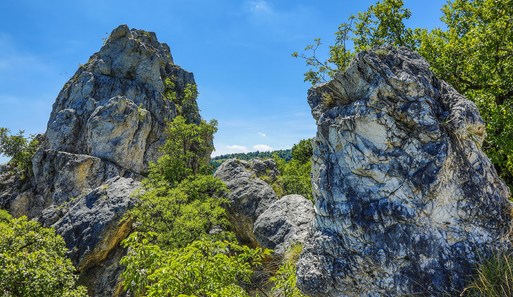


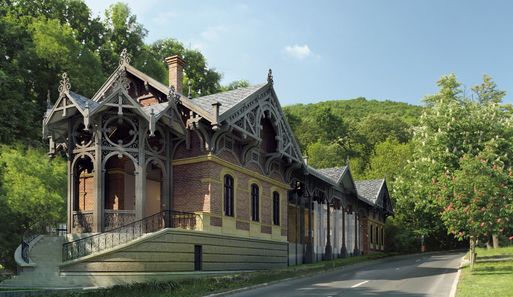
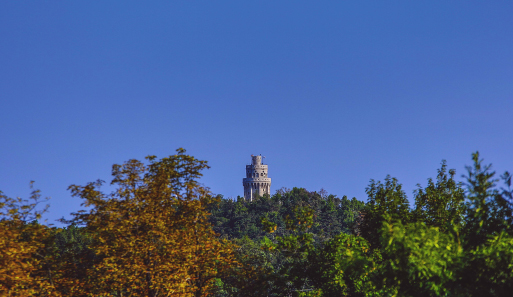










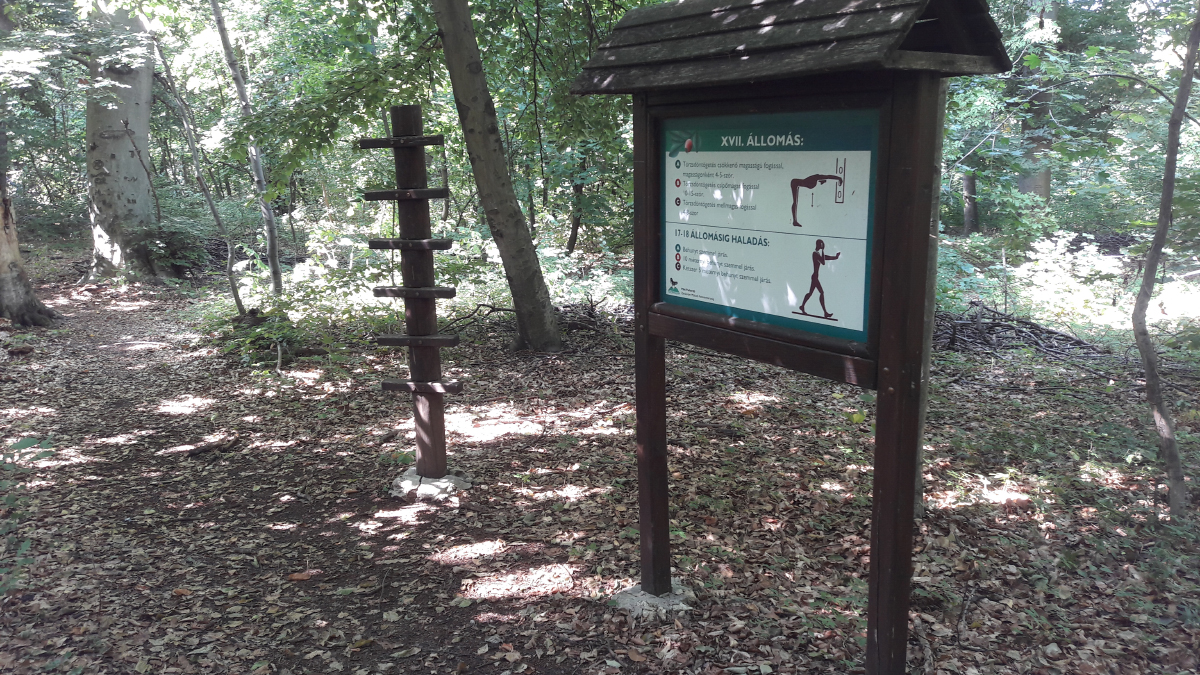














 September 08, 2020
September 08, 2020


























 On a clear day one can see up to 80 kilometres from the lookout. (Photo: Balázs Both, pestbuda.hu)
On a clear day one can see up to 80 kilometres from the lookout. (Photo: Balázs Both, pestbuda.hu)





